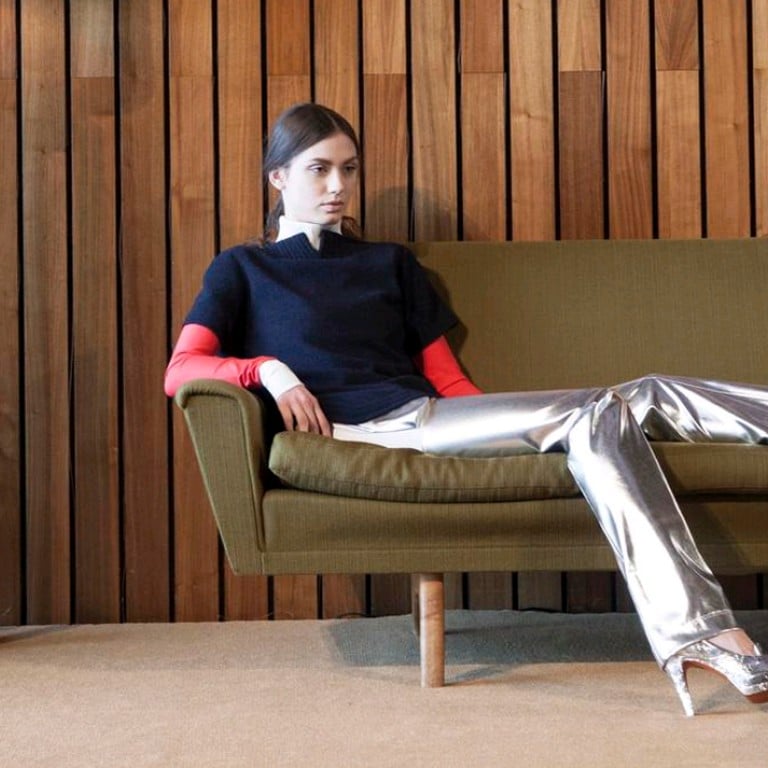Chris Gelinas captures the attention of New York's fashion world

Chris Gelinas sets the bar high and creates womenswear with integrity and passion

OCCUPATION
Fashion designer
INSPIRATION AND PLANS
“I’m thinking a lot about weightlessness, both in form and also as a state of mind.”
WORDS OF ADVICE
“Learn from everyone around you and collaborate with those around you. I have never believed in the idea of a designer as a singular vision.”
With fashion's ebb and flow of titans and toilers, an innate part of the industry is the rummage for bright young things. Fashion, potentially more than any other industry, relies on keeping everything as sprightly as possible and goads design all the way to production with gusto. The Canadian-born womenswear designer Chris Gelinas has emerged from a city of commercial fashion with a contempoary take - and has caught the attention of the industry.
For a young fashion designer just coming into his own in the undimmed lights of the fashion industry of New York, it can be a struggle to carve out a place of one's own.
"I want to start a conversation, not just be part of one, and I think if you create things with integrity and passion, people will take notice," Gelinas says. In the world of fashion, where the words "signature" or "voice" come up as a way to define a designer and his vision, Gelinas' position is somewhere between an understanding of luxury and utter femininity. "I try to create options for women who are modern in their need for comfort and mobility, but still have some attachment to classic conventions of dressing."

The designer says there was a time when defining womenswear was easier, but now, "things change so quickly". "When I look back at different eras, there are such clear moods in the way women dressed, but now it's really hard to tell," he explains.
Gelinas is keen to emphasise that his label, CG, isn't about adding to the clutter of fashion labels hanging on racks or getting clicks from online stores. The New Yorker, who observed his grandmother, a seamstress, and his grandfather, a woodworker and upholsterer, while he was growing up, adheres to the idea of "what we design needs to be replaced with how we design".